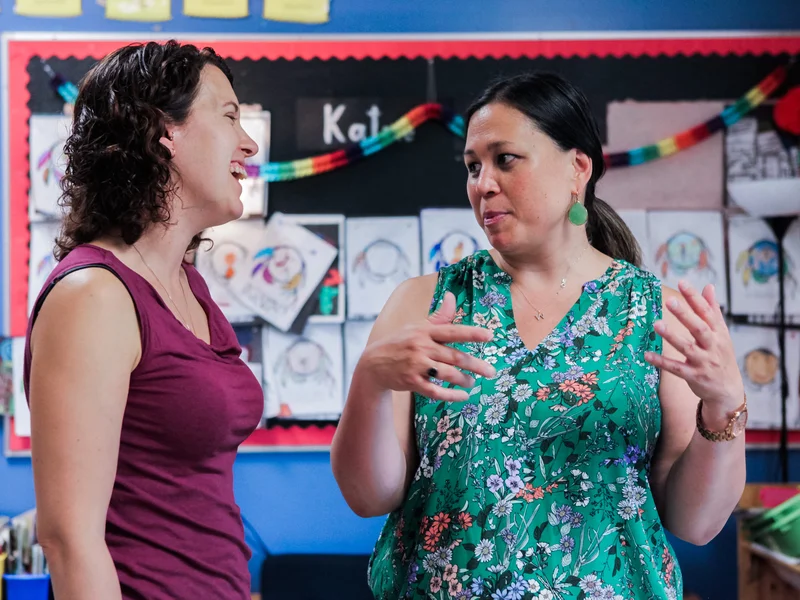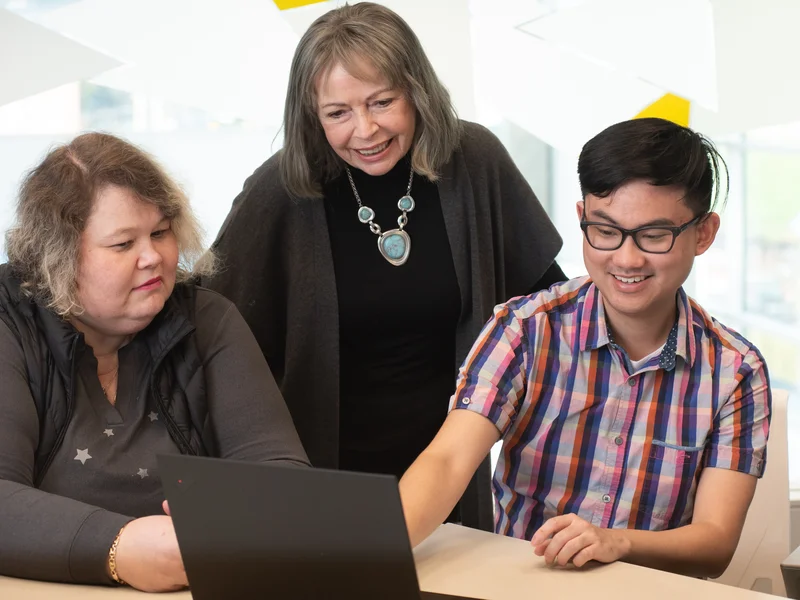We want educators to feel confident discussing disability. Our professional development offerings are designed to increase awareness of vision, hearing and mobility disabilities. Educators will gain confidence in supporting their students with disabilities and expand their understanding of the importance of disability inclusion in the classroom and community.
Here's what educators had to say:
"I consider myself knowledgeable about inclusion and accessibility but after taking this course I realize that I need to do more work. It is not that I thought I knew it all, it is that there is more to learn and I want to expose myself to learning like that because it will make me a better person who can teach others and continue to be a benefit to my students."
"Even though I work with students with disabilities, I learned a great deal from this course. It should be mandatory for all educators."
“I have already noticed a heightened awareness that is impacting the decisions I make with the staff, students and parents in my school.”
“I think people believe they are being inclusive, but not realizing they may be contributing to the attitudinal barriers that students with disabilities face each day. This course has helped me take a closer look at my attitude towards disabilities and what I can do to make things better. I am also more aware of the physical barriers that schools may have when it comes to various disabilities. My eyes are open. Thank you!”




